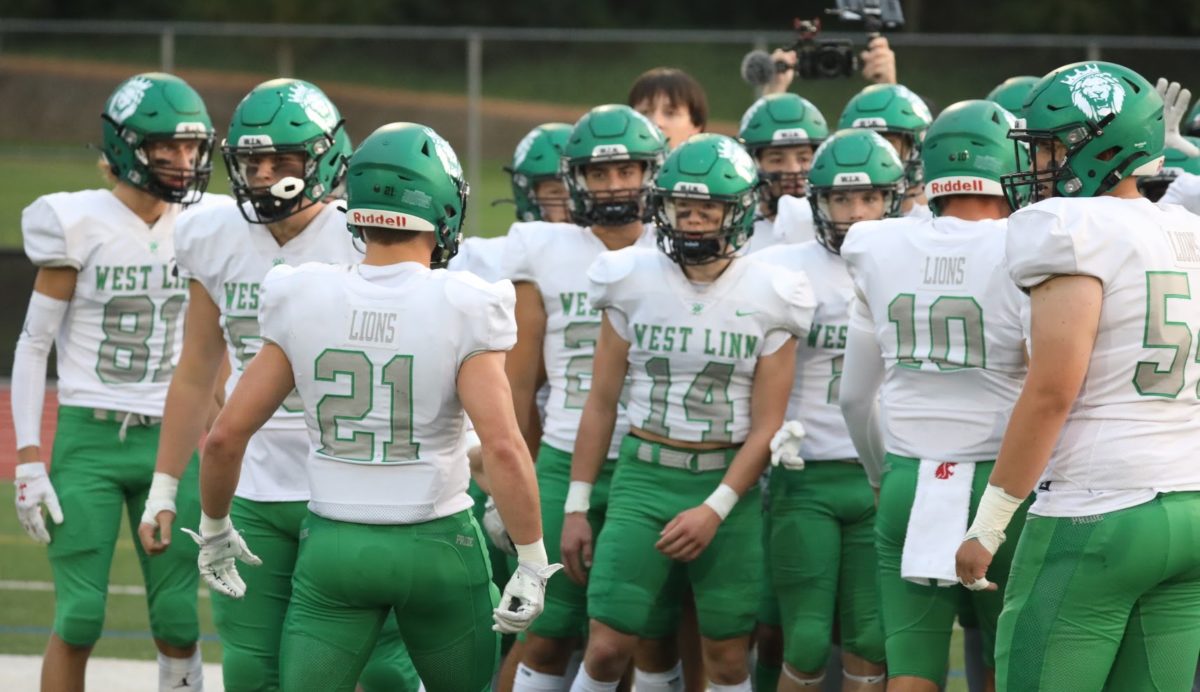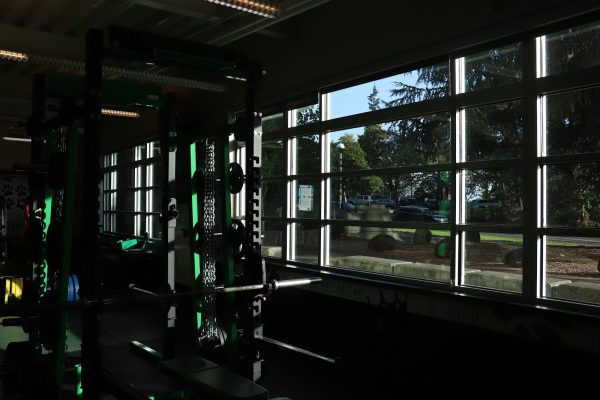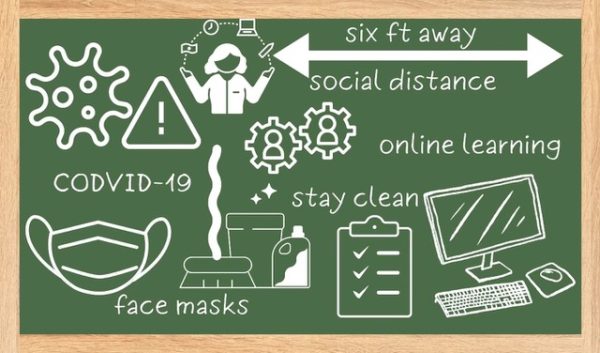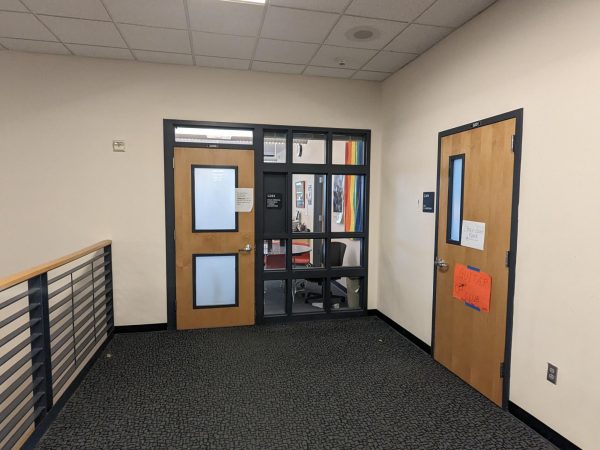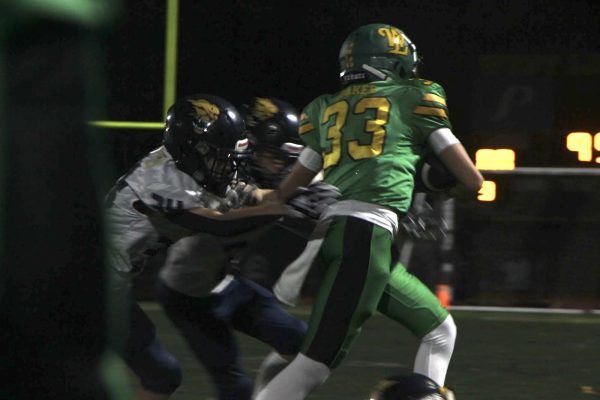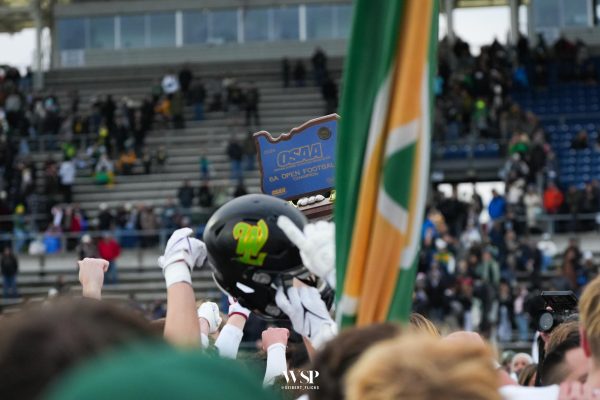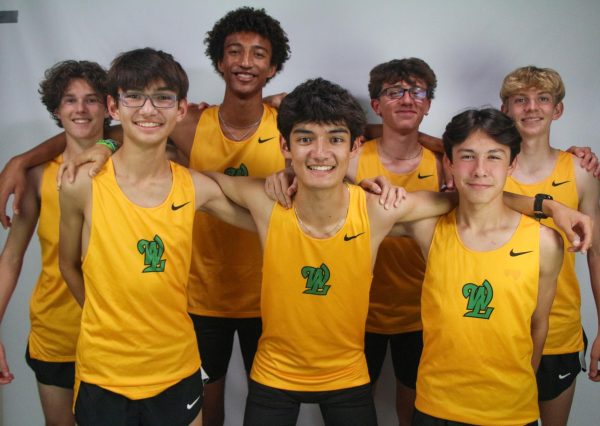Then and now: high school sports
Rising price of high school sports: really worth the cost?
With the arrival of school, comes the return of fall sports: soccer, football, volleyball. These sports are open to all the students who want to play; but of course, there is a price.
Lately, high schools in Oregon and elsewhere in the United States have been charging a higher and higher fee from players and their families. The average cost (across the U.S) of playing just one high school sport is about $400 per child, plus the additional expenses for equipment and possible injuries.
This is a dramatic increase from just a decade ago when playing a high school sport was virtually free to high school athletes. The price to play sports is not just limited to high school sports; playing for clubs where players are more commonly recruited for colleges costs around an average of $1,500 in the U.S.
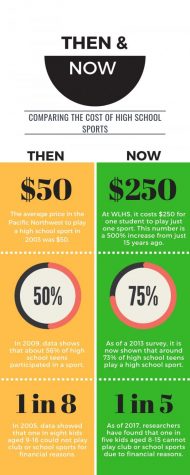
High school sports have not always been this pricey. Just 15 years ago, the average price to play a high school sport was $50. Now, at WLHS, it costs around $250 for one student to play one sport. This high price
With the mounting cost of sports, specifically in high school, people are being forced out of playing the sport that they want to play for the reason of affordability rather than by choice. It’s for these reasons that I believe the price of high school sports should be lowered.
In many high schools across the U.S, sports is something that the school community is largely focused around. In fact, for some schools, sports are valued more over academics by many of the students. With this, the administrations at some of these schools have invested more of their budgets into their sports programs, rather than their academics. In the Pacific Northwest, schools spend an average of $328 on a student’s math education, as opposed to an average of $1,348 on a cheerleader at the school.
Many students prioritize athletics and are willing to pay the price because of the chance for college athletic scholarships. Student-athletes see these scholarships as their end goal, but what they don’t realize is that the competition for athletic scholarships is tough. Out of more than 1,010,000 high school football players in the U.S, according to a 2016 study only 20,000 college football players get a full ride scholarship every year. Only .3% of full time college athletes receive enough grants to cover the full cost of a college tuition. So, here’s what people are asking: is paying upwards of $250 a year really worth the small chance of playing at a high-ranking college at the end of the day?
For students around the country, playing a sport during their time in high school is a way to have fun with friends, and to be a part of their school’s community. For many years, playing on a high school team was another extra-curricular, but now, it seems like it’s something only certain people get to participate in. It isn’t right for students to miss out on a fun part of the high school experience because they can’t pay the increased fees.
Obviously, the price of high school sports have become a problem nationwide, but what can we, as students, do to fix the problem? There is no clear solution that we can see right now. We can hope that schools lower the prices of their school sports for the better of the students, school, and community. If you’re looking for a cheaper way to play the sport you love, look for a recreational league.
Your donation will support the student journalists of West Linn High School. Your contribution will allow us to continue to produce quality content by purchasing equipment, software, and continuing to host our website on School Newspapers Online (SNO).

Delaney Callaghan, senior, is the People section editor for wlhsNOW. A member of the staff since her sophomore year, she loves writing about the unique...










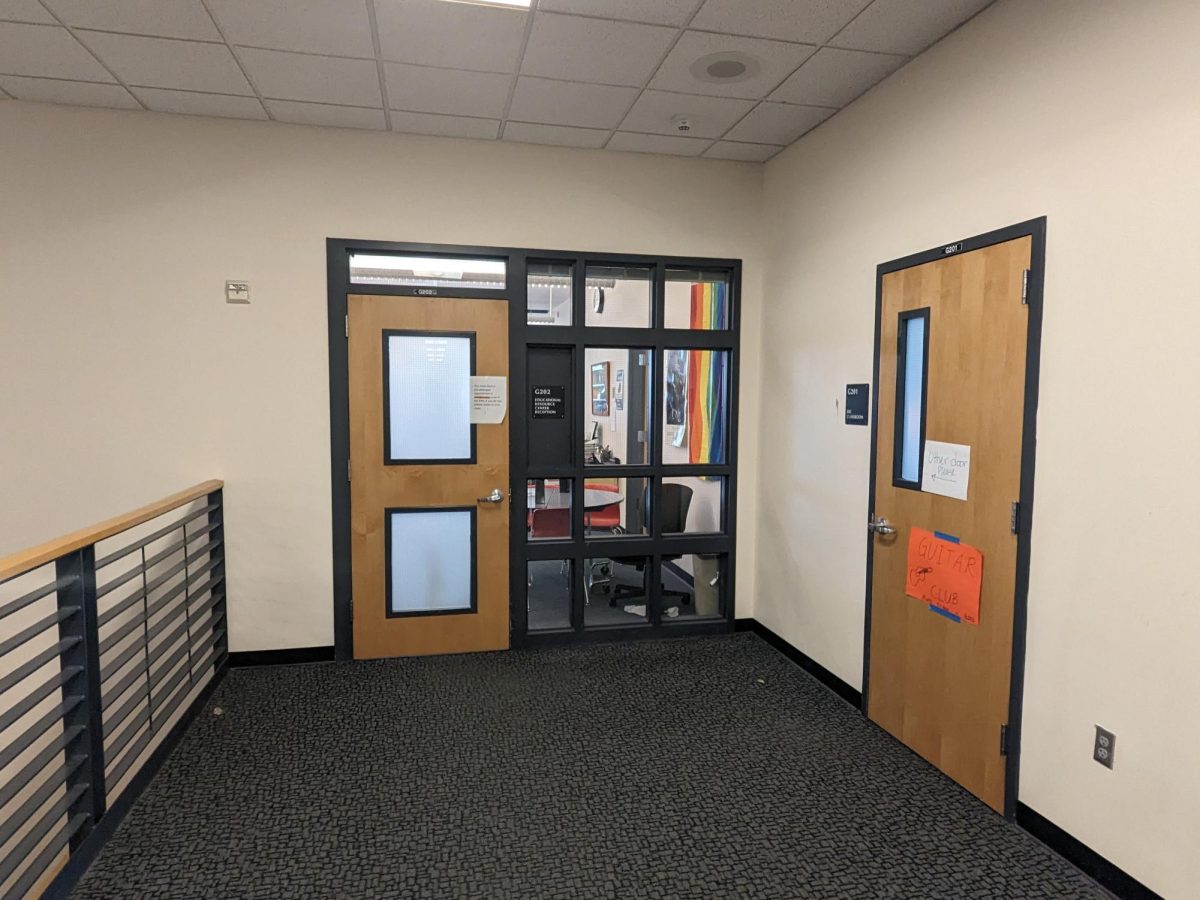














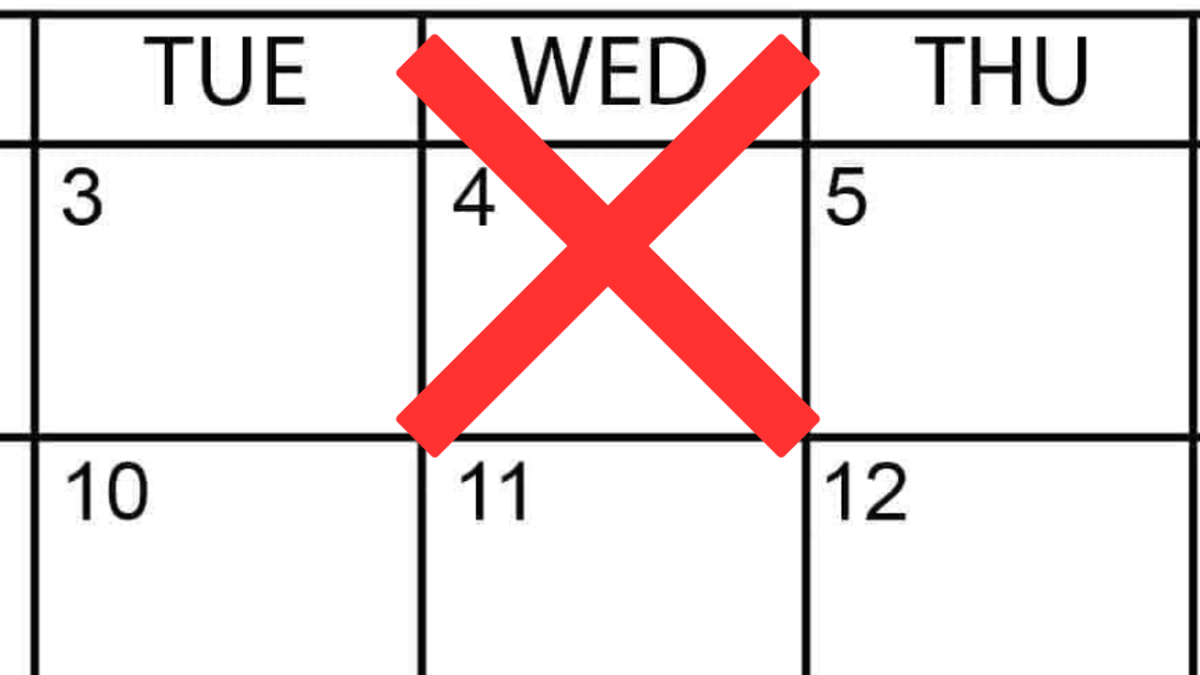

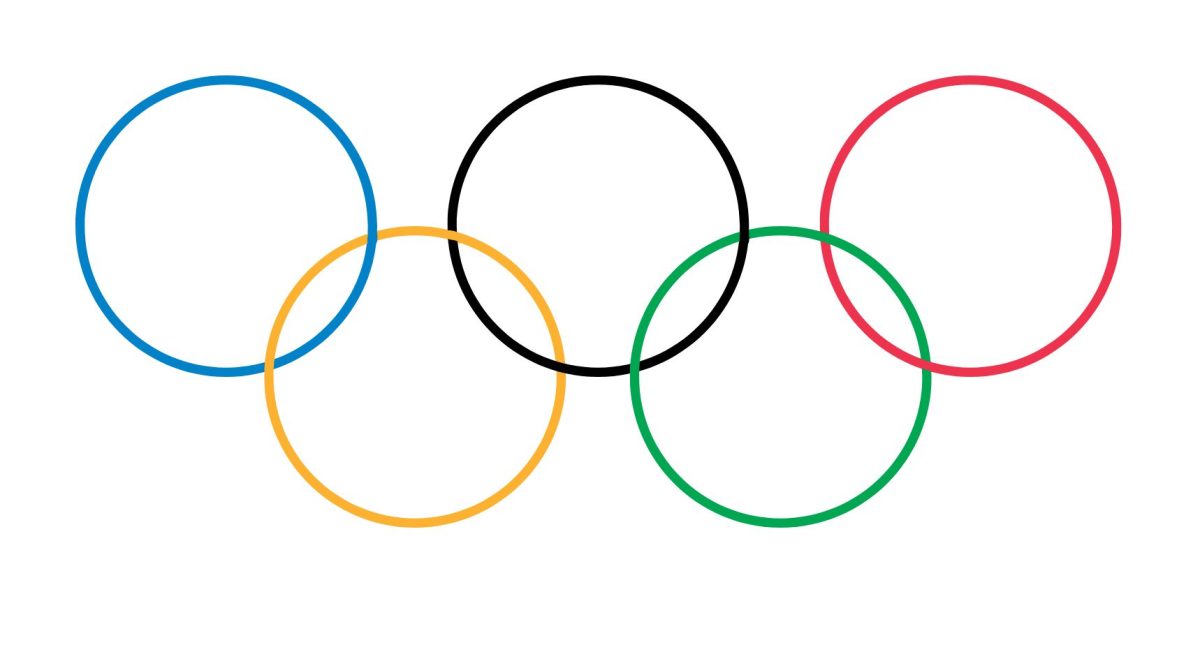





















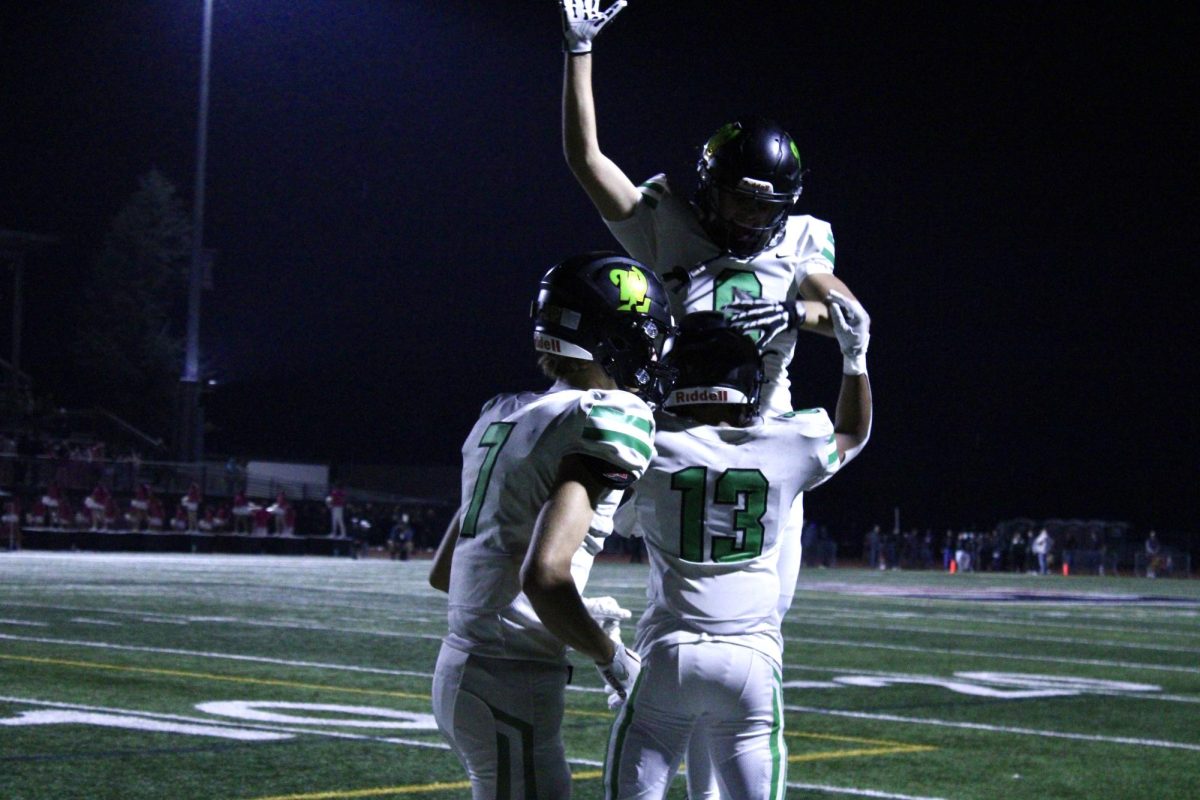




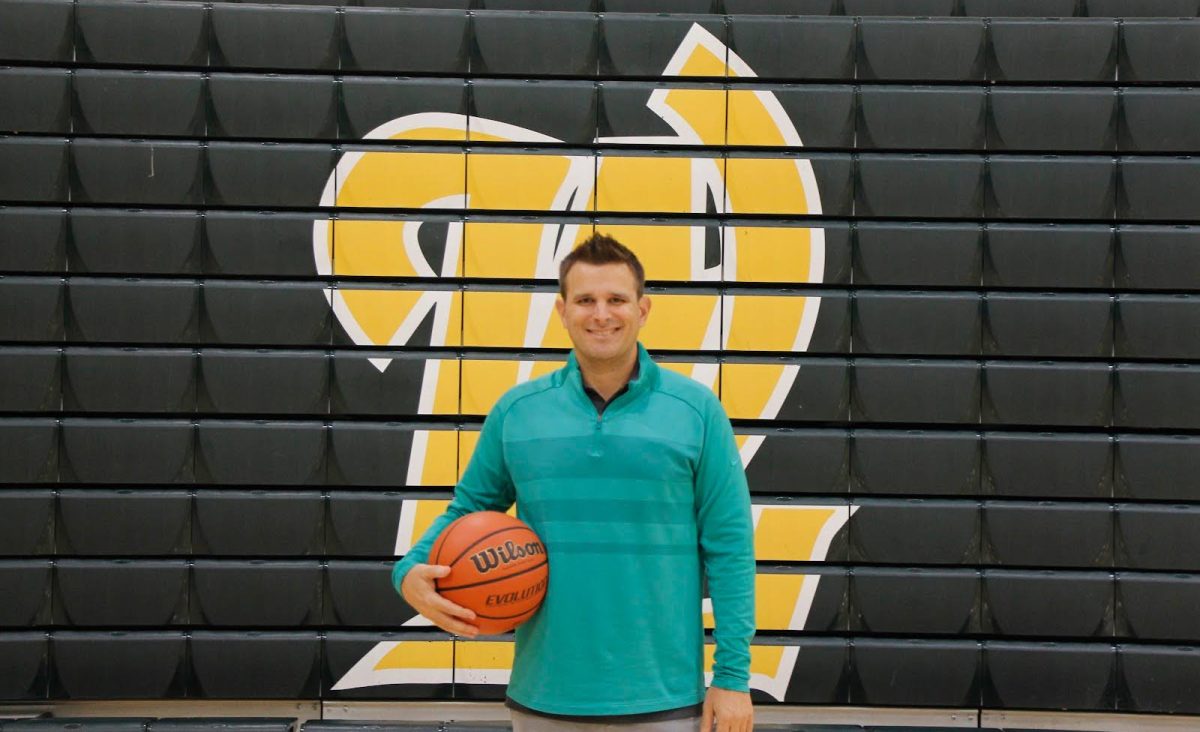

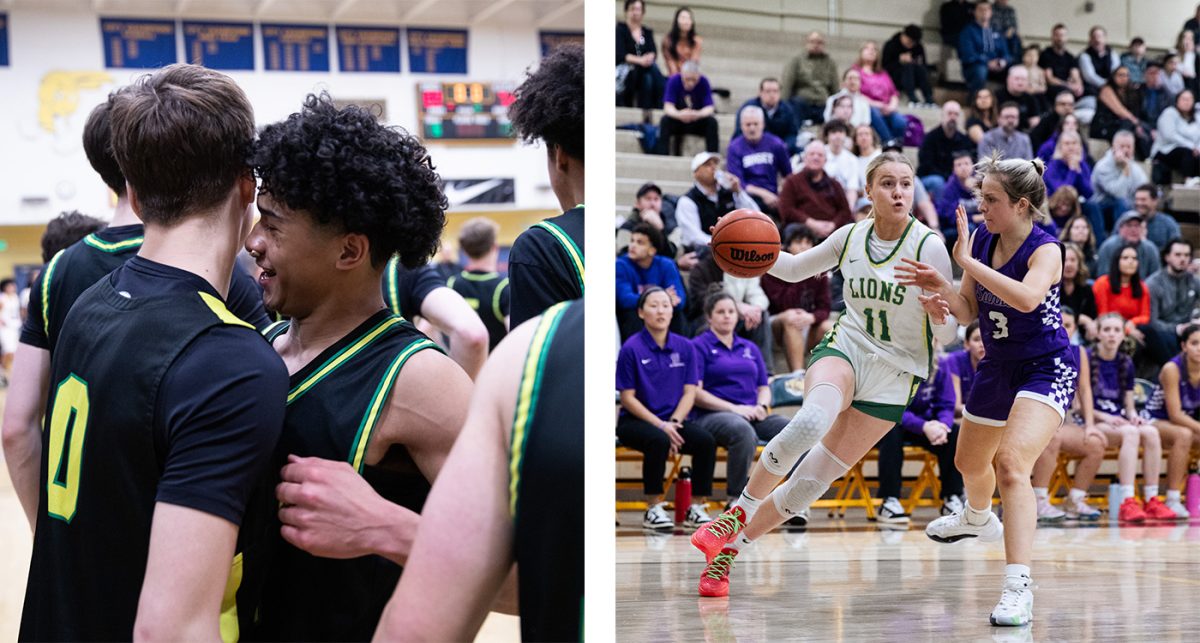
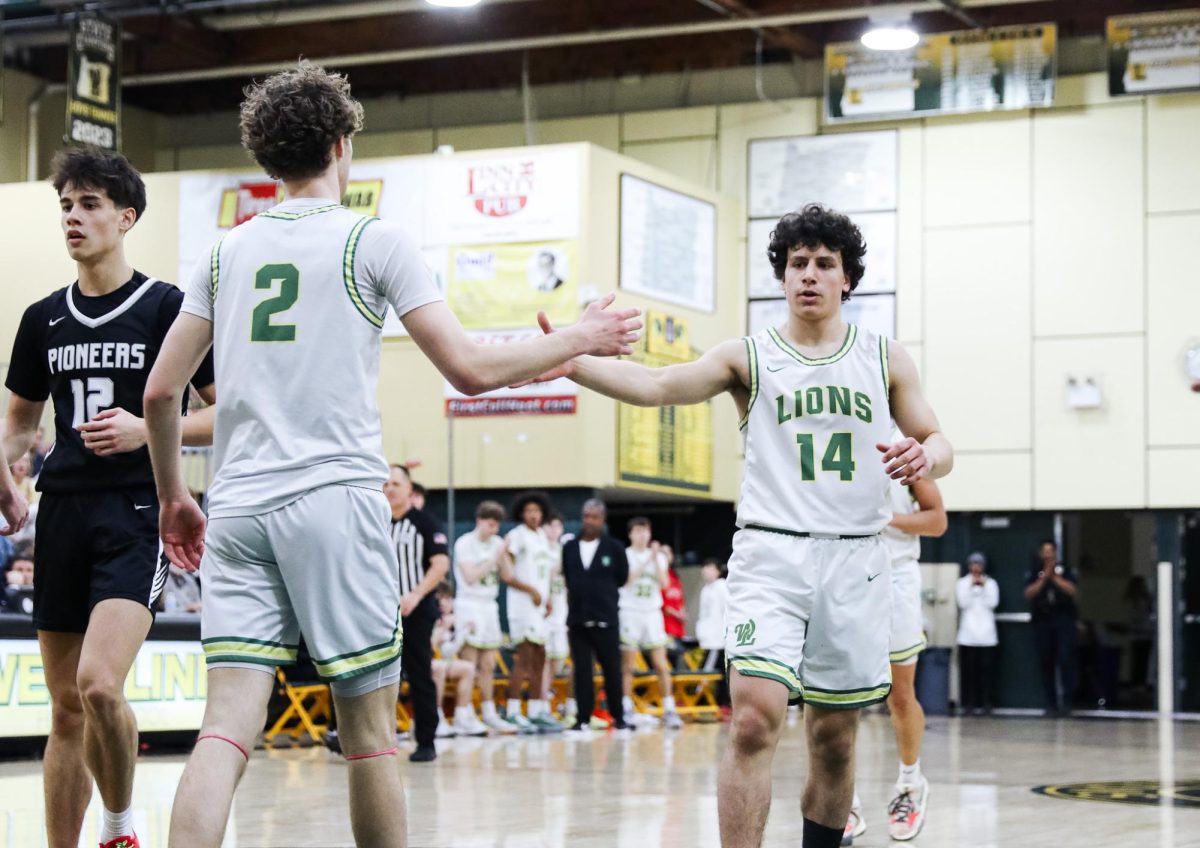




![At the bottom of the third inning, the Lions are still scoreless. Rowe stands at home plate, preparing to bat, while Vandenbrink stands off to the side as the next batter up. Despite having the bases loaded, the team was unable to score any runs. “It’s just the beginning of the season. We’re just going to be playing out best by June, [and] that’s where champions are,” Rowe said.](https://wlhsnow.com/wp-content/uploads/2024/03/IMG_3077-1200x900.jpg)






































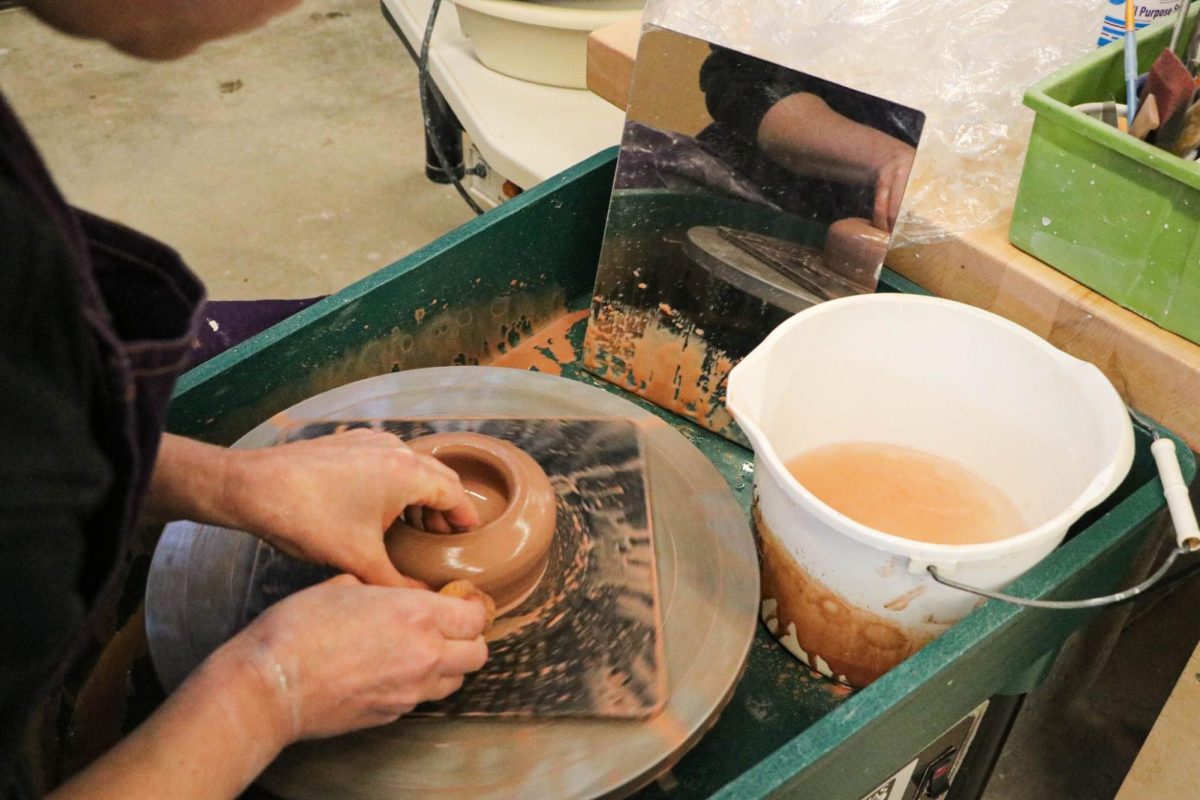
![All smiles. The group poses for a photo with last year’s book, “This is Our House,” along with their award for third Best in Show. Meikle, who was an Editor-in-Chief for the yearbook last year as well, holds both and stands at the center of the group. “That was an amazing feeling, going and grabbing the third place award,” Meikle said. “All of it paid off. I cried so much over that book, being able to receive [the award] was one of the highlights of my high school career, it was like the coolest thing ever.”](https://wlhsnow.com/wp-content/uploads/2024/11/8bookpose_philly-1200x800.jpg)




